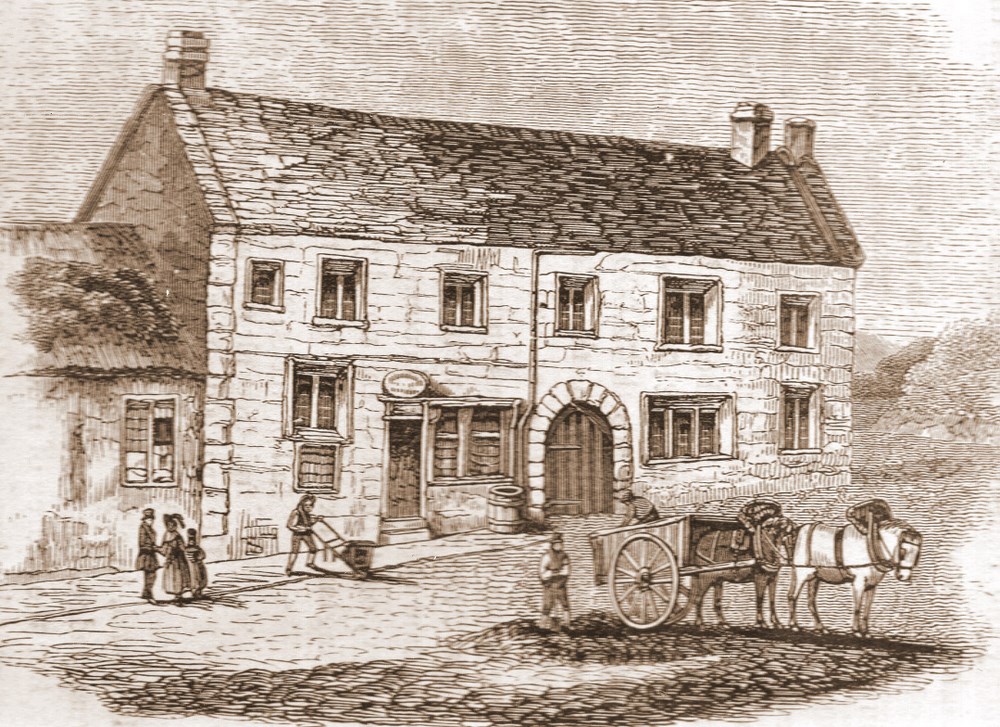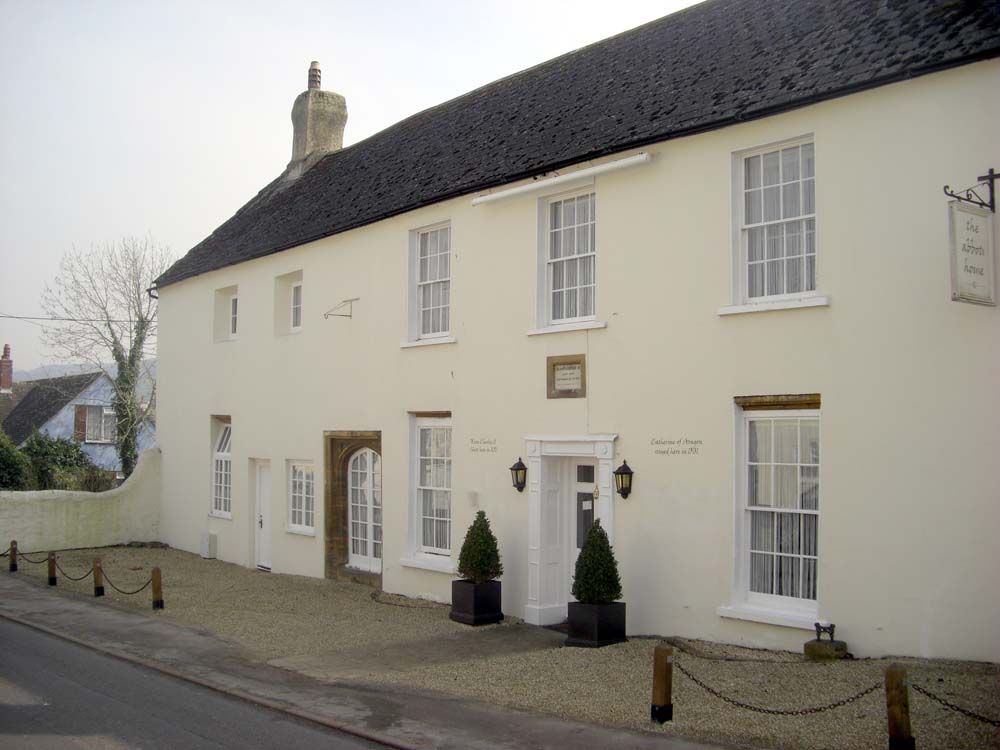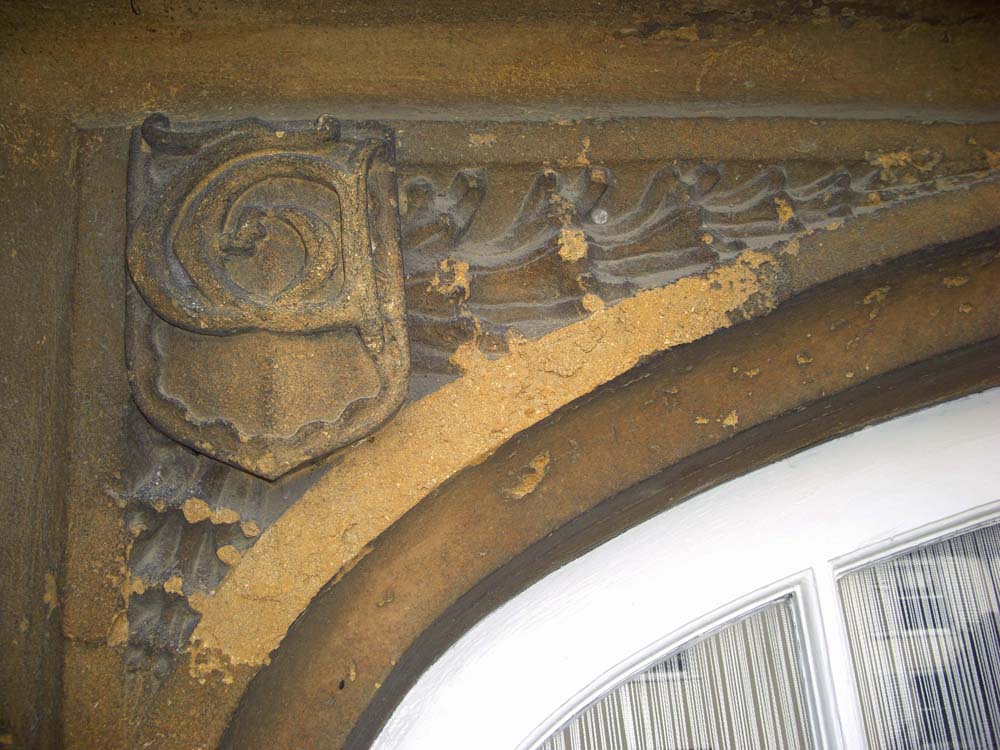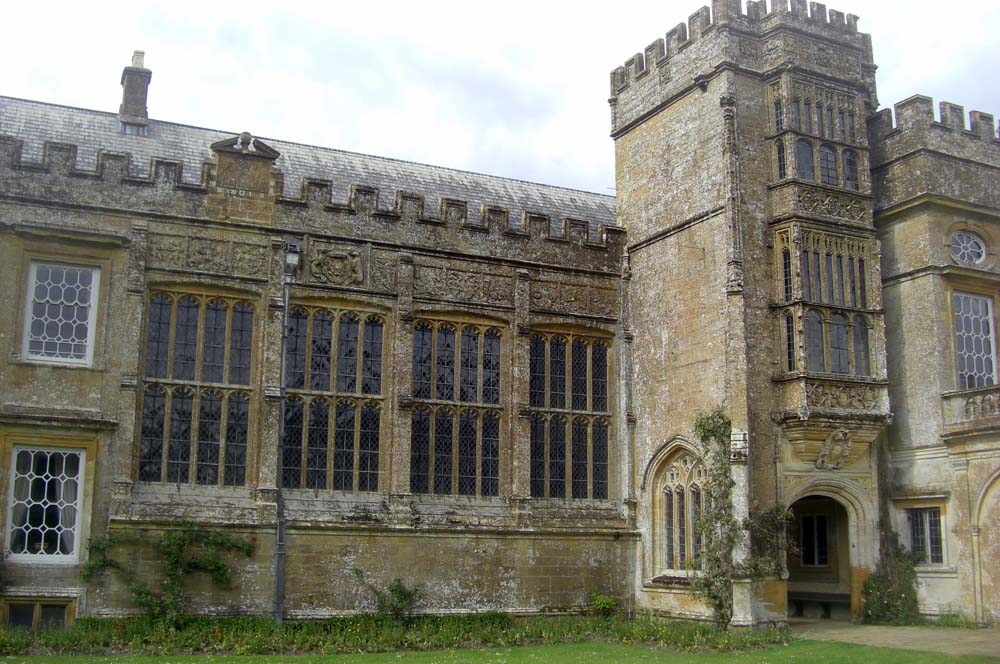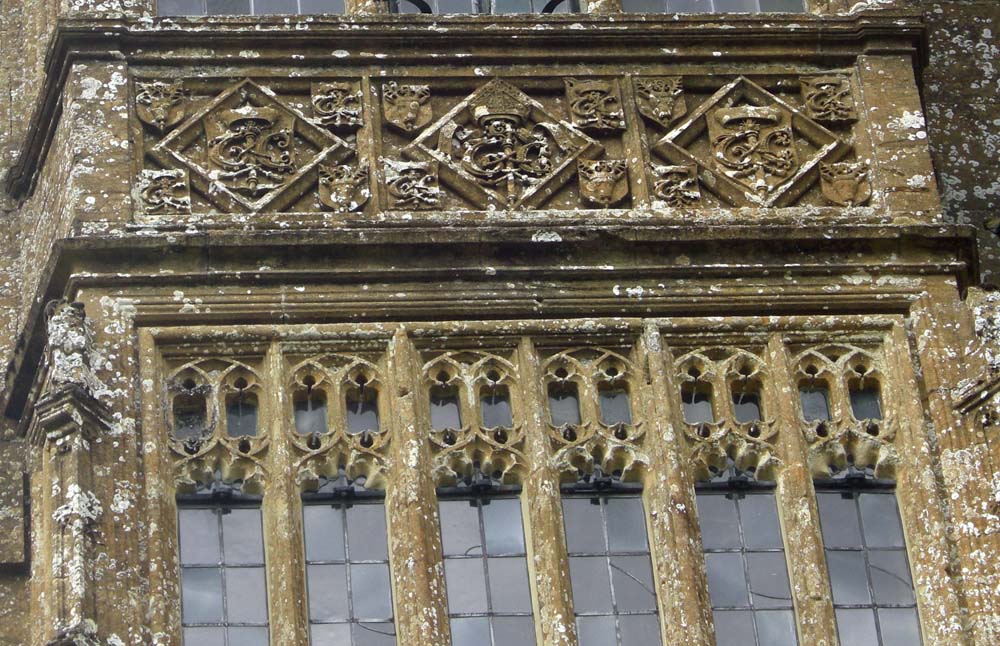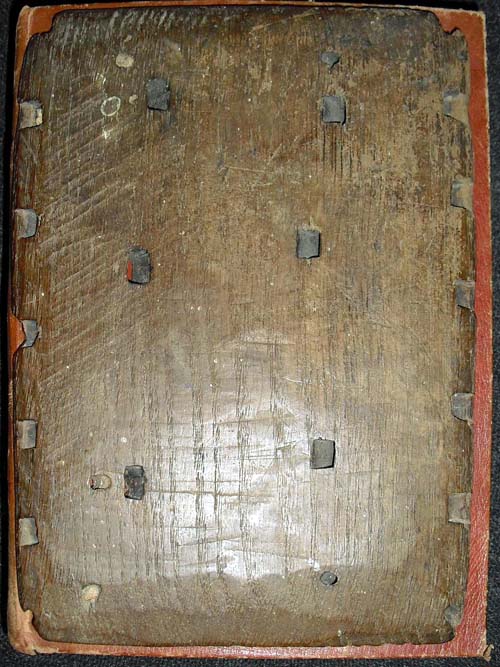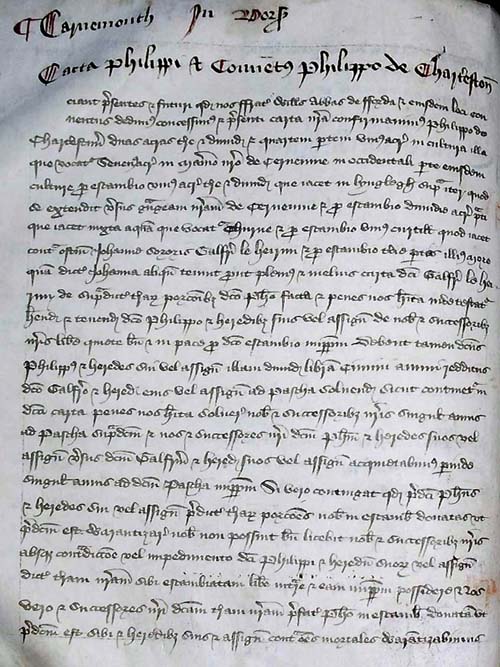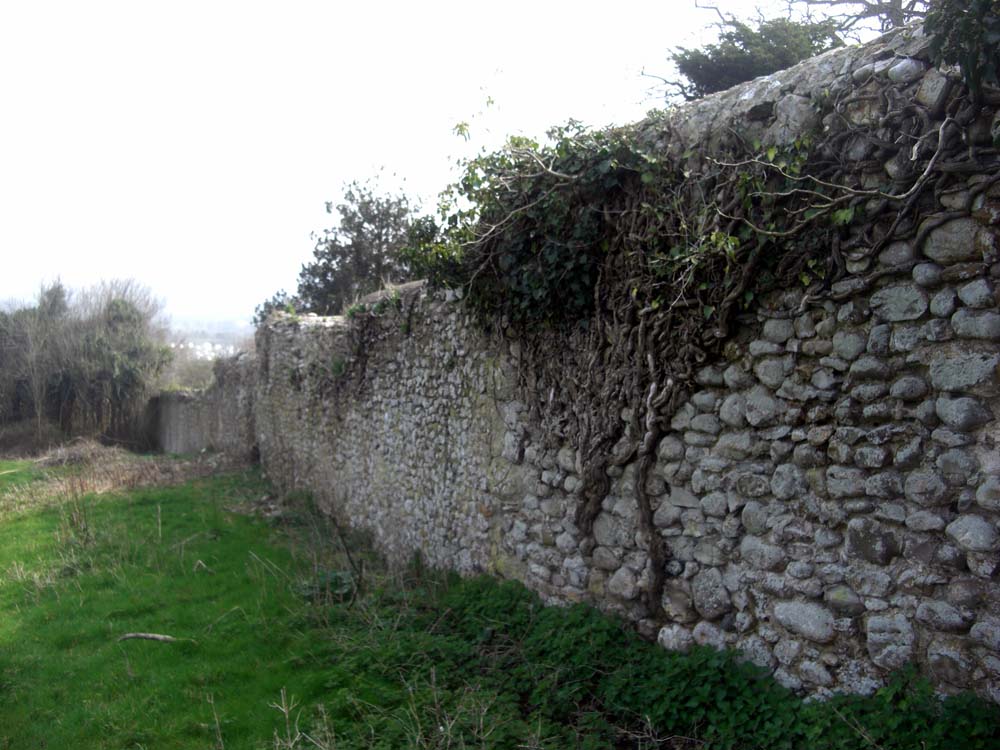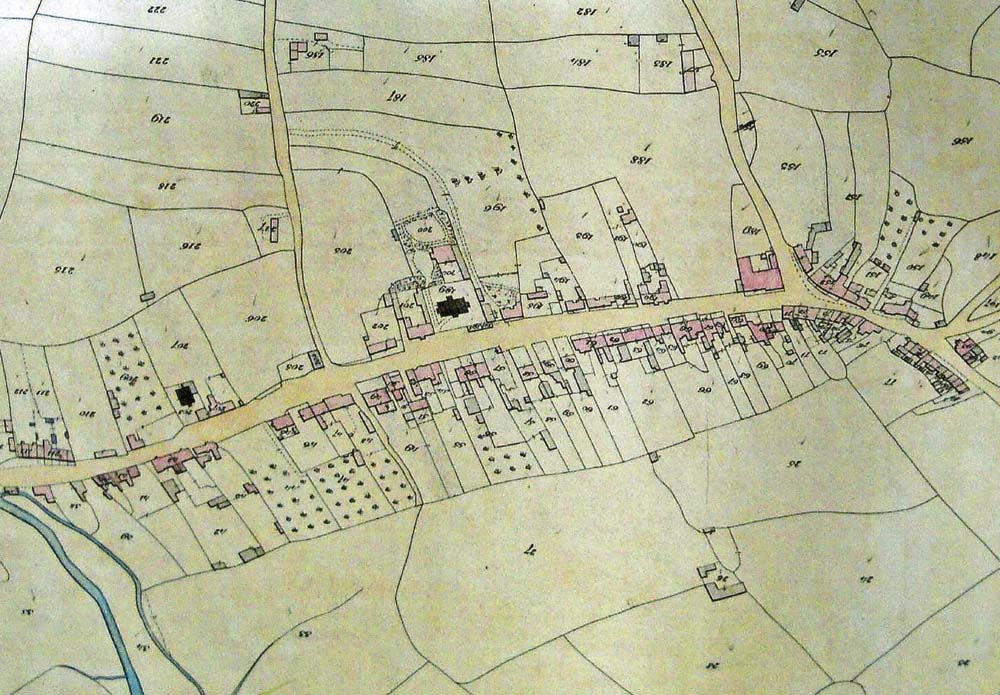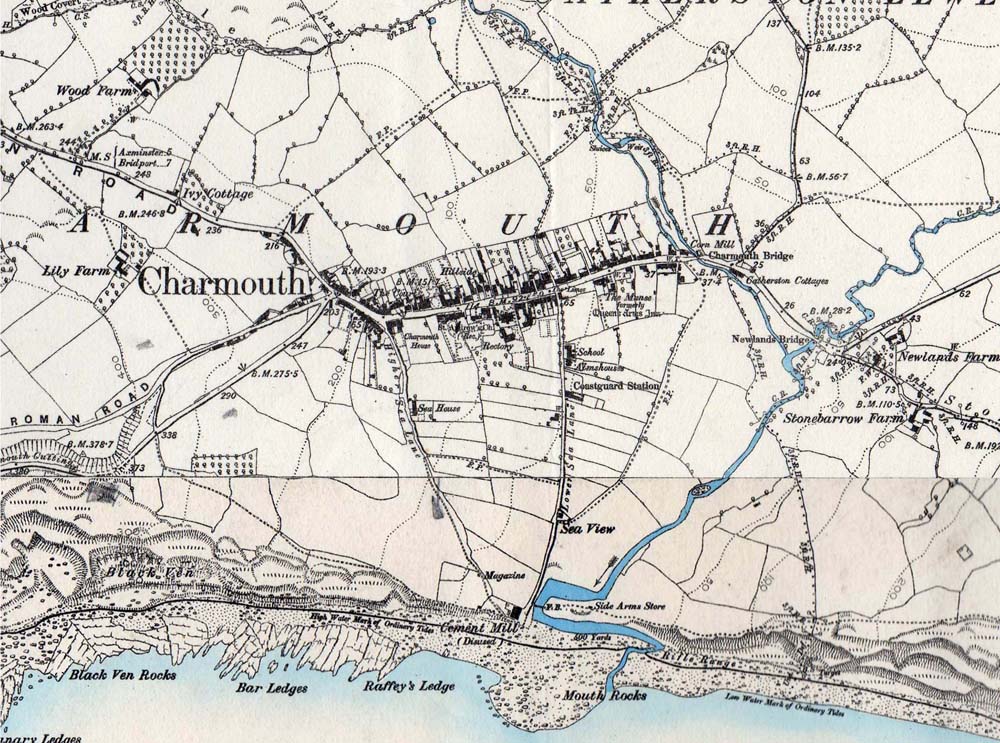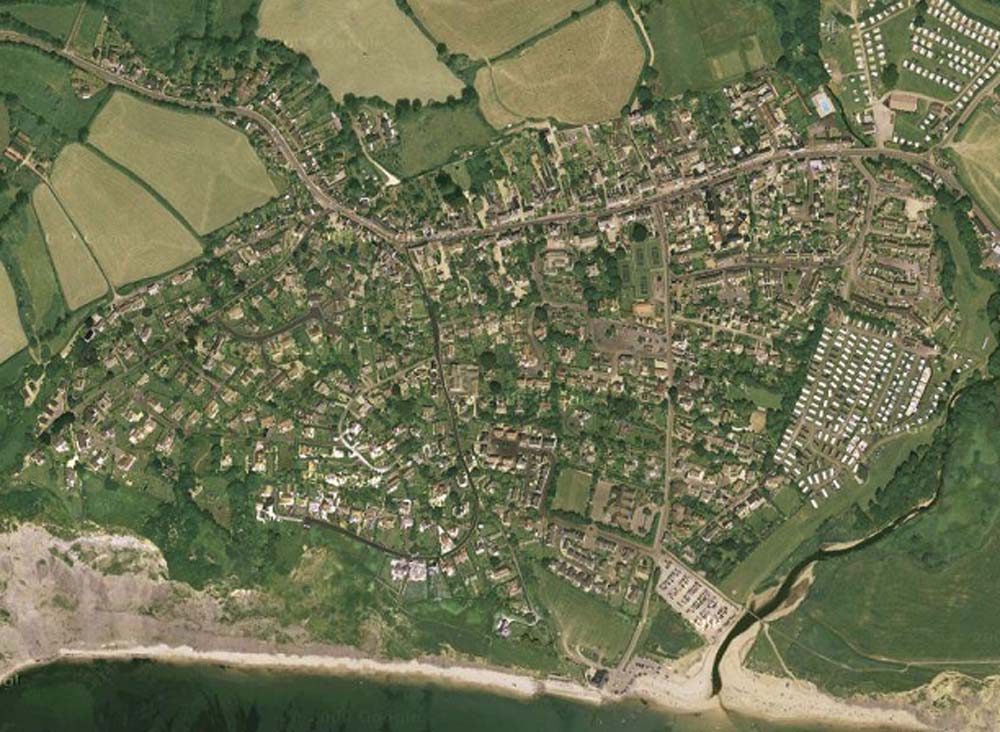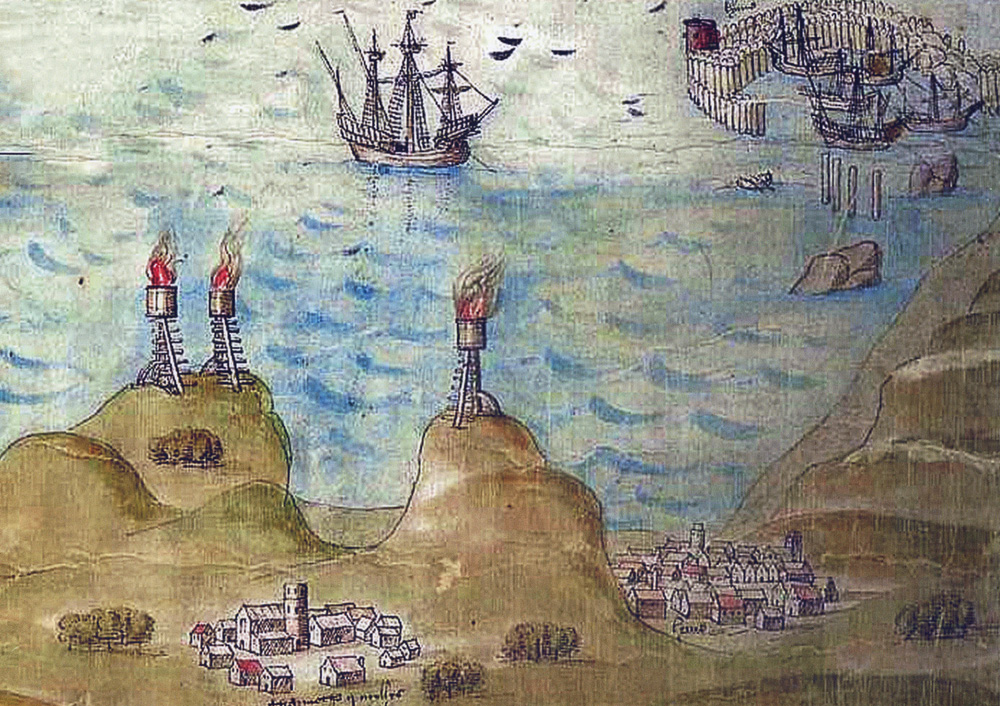A History of St. Andrew`s Church, Charmouth
No single owner of Charmouth had more impact on its history than Forde Abbey whose Abbots were to be it's Lords for nearly 400 years. Their Abbey had been founded in 1147 and in time was to become one of the richest and most learned institutions in England. By the end of the 13th Century they owned over 30,000 acres of land in Devon, Dorset and Somerset. It seems that land would be given to them on the understanding that they prayed for the souls of the donor.
Amongst these bequests was one in 1170 by Richard del Estre for land in Cernia as Charmouth was known then. Later his son confirmed this gift with another adjoining piece of land given by his brother Ace. With additional blocks of land the Abbey was soon the owner of the village and the Abbot was being described as Lord of the Manor in later documents.
The monk's established a Grange here which would have been worked by lay brothers. There was also a Guildhall, Mill, Market Cross, Pillory, Fair and Bridge. All this information and much more can be gleaned from a book still in existence and held at
Forde Abbey known as "The Cartulary", which has over 60 entries for the village detailing land transactions, which give a picture of the village in those times. But the most important event in Charmouth's history took place between 1290 and 1297 when William, Abbot of Forde improved the Manor by making it a Free Borough. This was shortly after the destruction of the earlier church and must have been carefully sited in the centre of the new Borough, by the cross roads of “The Street” and the tracks that led to the sea and inland to Wootton Fitzpaine (where Barr`s Lane is today). The entry is very descriptive of the boundaries of the village and the half-acre Burgage plots that were to be created along either side of the Street. Unfortunately it was not a great success and the borough never really took off. Many of the plots were amalgamated into larger ones so that tenants could get a living from them. It is amazing that if you look at aerial photographs and maps the vestiges of the borough can still be seen. The thirteenth century wall along the rear of the buildings to the north of the Street is virtually intact and many of the long strip gardens can still be seen on both sides with a bank marking it to the south. Again, it is known from Salisbury Charters and Records that, in 1314, one 'Stephen,' a Rector of Char-mouth (with no added surname) was reprimanded by the Bishop of Salisbury for evil living. Except for him, the earliest known Rector was Richard de la Hegh, appointed in 1332 by the Abbot of Ford.
There was to be a revival in the fortunes of the village in the early 16th century under the last Abbot, Thomas Chard who was the Lord from 1521 until the dissolution in 1539. He not only refaced and altered the Abbott's House in Charmouth, but rebuilt the Manor House, whose listing is dated to the 1500`s. Hutchins, in his History of Dorset records that the church was also improved at this time. The initials T.C. still grace a doorway in the Abbots House, formerly the Queens Armes on the Street and provide a clue to the fine building this must once have been. The Lay Subsidy of 1525 reveals a population for the village of about 200 at that time, though it accounted for less that 10% of the total income of the Abbey.
In 1539 a map was commissioned to show the defences along the Southern coast. Though simplistic it does give an idea of how the village looked with a group of buildings surrounding the Church. A year later Leland on his travels around England describes the village being “ a good fisher towne”, referring to the catching of fish both in the River Char and along the coast. Unfortunately the fortunes of the village were to change in the same year when the estate was seized there was given back to the Crown. . A model of this building has survived and can be seen in the Pavey Rooms. It was constructed by a local carpenter just before it was demolished and the present church built in 1836. The roof can be taken off and the interior can be seen with all its pews and painted gallery.
A link with Forde is the statue of an Abbot in the Church, which was originally on the outside of the old church, alongside is a similar model of how it may have once looked. George Roberts refers to it in 1823 as being on the roof , which was covered with ivy. This is clearly shown in a watercolour I have recently come across which shows it and how the old building looked, which bears comparison with the model by William Hoare. The view is from the window of the Rectory which was built by Issac Cooke before the Church in 1832.
